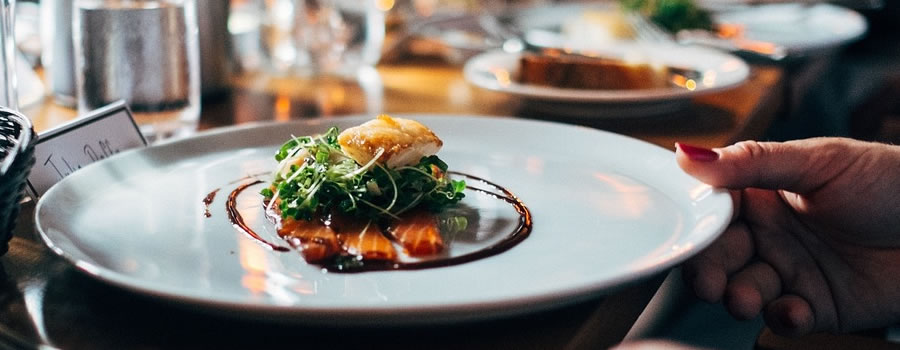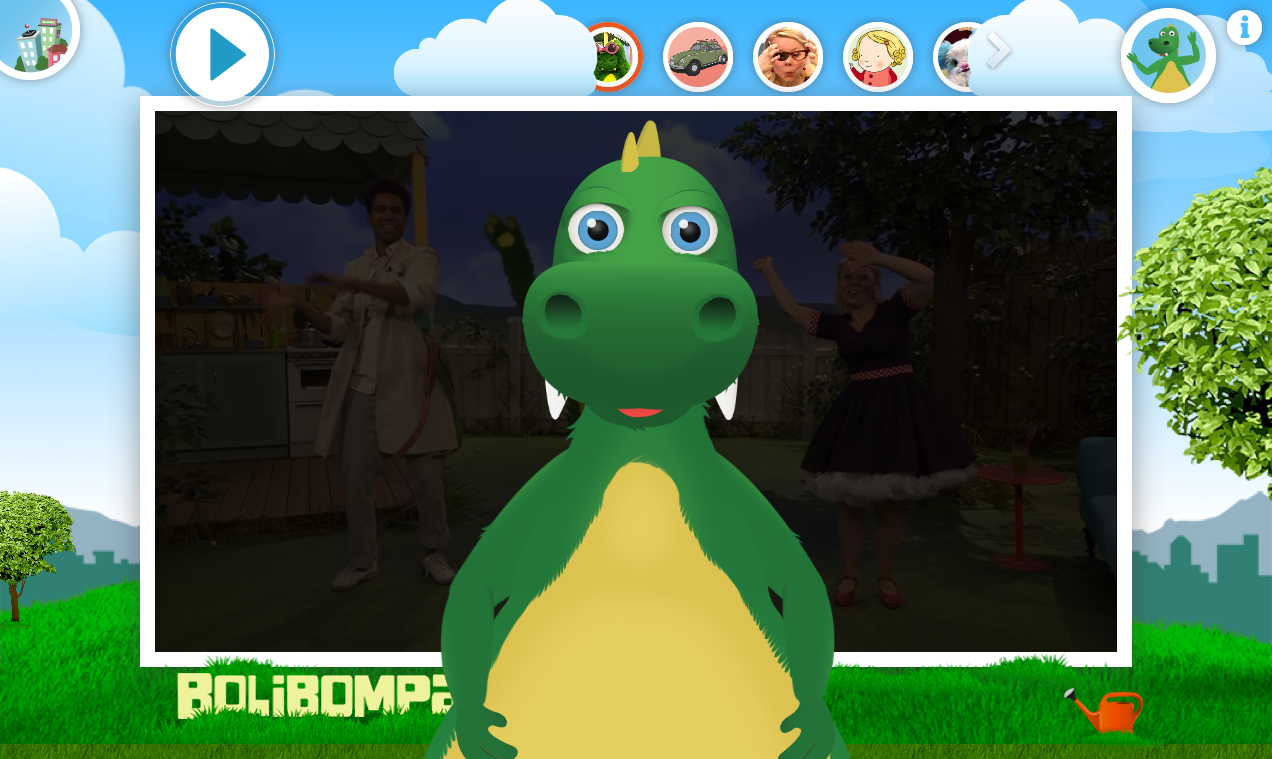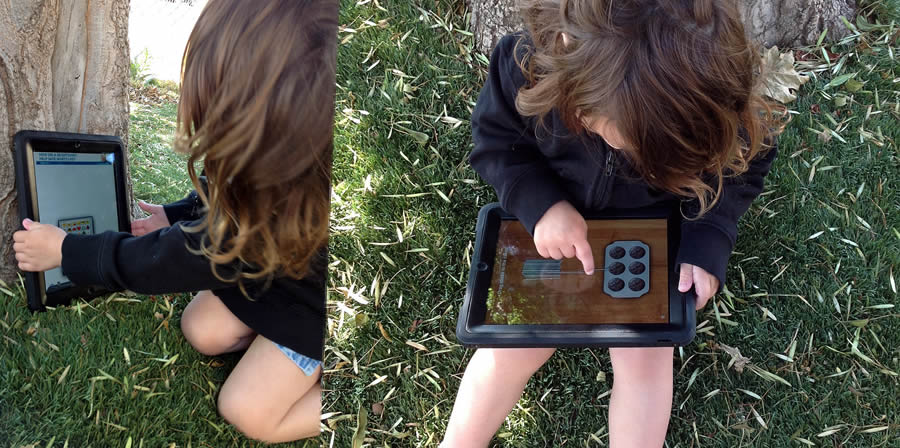To design better restaurant sites I interviewed six persons. From the discussions I got eight insights. Among them are that sites are used by newbies and regulars, that reviews are super valuable, that we want to imagine the restaurant visit before it happens, and more. The insights can help when building new sites/apps or evaluating existing ones.
The problem
A foundation of good design is to know whom one is designing for. One also need at least a feeling for what they desire from the product or service being designed. It is therefore slightly embarrassing to admit that a few years ago I built a restaurant site without this foundational understanding. I was recently asked to help build a new restaurant site and possibly rebuild the former one. I did not want to repeat my mistake.
Background
Both restaurants are in Stockholm. One of them is part of a museum and will be visited by tourists and Stockholmers, many of them will be adults in company of young teenagers. The menu is still not fully decided. The other restaurant is visited by Stockholmers and offer breakfast/brunch, lunch and evening meals and also fika (coffee and a bun).
Method
To inform the design work I wanted to learn more about what digital information guests need to make a decision about four aspects of restaurant visits:
– Eating lunch
– Eating when visiting a museum
– Eating at a restaurant as a tourist
– Eating dinner at a restaurant
My method was remote interviews and I spoke to six persons – five are from Stockholm, one from Vienna; three are parents; five (possibly six) of them are tourists at least a few times a year. The interviews where semi-structured and evolved in-between the interviews (therefore I don’t know if the first person I spoke to is a frequent tourist or not).
The interview transcripts where turned into data points and clustered to find themes. These insights I present below. The insights can be the starting point for ideation and prototyping as well as for evaluating current designs.
The newbie and the regular
Restaurant sites are used, in very different ways, by two groups of people: those who are evaluating the restaurant for the first time and those who have visited the restaurant before.
Newbies can have found the restaurant via a review site such as Happycow or a Google search, or via a friend. They are likely to be travelling and if the site does not convince them they are unlikely to try out the restaurant.
The regulars want to use the site to book a table or they send a link to the site as a way of recommending it to a friend. The regulars can appreciate discovering something new about the restaurant when they visit the site.
I organize for us
Except for an occasional lunch, none of the persons I spoke to go to restaurants on their own. Therefore, choosing and organising a restaurant visit has a strong social aspect – if I recommend badly it will be embarrassing. The final decision is also sometimes done in a group.
Show me, on the site, that you care
As one person told me: “Few good restaurants have crappy sites”. Visual design, usability, text editing and responsiveness to different screen sizes are essential to building trust with new guests.
Authentic reviews help me
Yelp, Google Reviews, Foursquare, The Fork, etc are used by half the people I interviewed when they evaluate a new restaurant. Some look at several review services to gage the authenticity and accuracy of the reviews. However, having fake reviews is worse than not having any at all.
Is the food for us?
In order to feel that they “know the place” it is of vital importance for people to clearly understand what the restaurant offers. Both the types of meal (fika, dinner, lunch) and types of food (mexican, scandinavian, bbq, …). People also look for items that fit what they eat – vegetarian, gluten free, low lactose, etc. One person, who prefer vegetarian food, mentioned that if they don’t feel like the restaurant cares about vegetables, the restaurant will likely not be visited. And the feeling must come as part of “the first impression”.
The full menu is one valid way of presenting the offerings, but an overview of the food is also okey, sometimes even preferred. I believe that a combo of both is clever. In the overview it is smart to include items that cater to an as broad range of eaters as possible – while staying true to the niche the restaurant has chosen. Having a way for people to contact the kitchen before their visit can help those who are more specific with what they eat – a vegan person I spoke to mentioned calling the kitchen beforehand to see if the chefs wanted to make a vegan dish especially for them.
What’s the interior and service like?
Is the restaurant tiki styled, a woody corner pub or an upscale place with exposed copper tubes? Is the dining room cosy or slick? Can I bring a restless teenager without the visit turning in to a big drama?
Help me imagine the practicalities of our visit
Understanding whether the restaurant is cramped or voluminous was a top priority for two persons. There where also mentions of wanting to know if there are long queues, if a stroller is ok to bring, if there is a microwave for baby food, etc.
One person mentioned that new restaurants sometimes are visited because the main choice turned out to be full when they arrived to the restaurant. Then it is important to understand if this new “plan b restaurant” is currently full or not. Sometimes the site can help but more often having a phone number to call is even better.
Basic logistics
Opening hours, phone number, email address, possibility to reserve a table (or info about reservations not being possible).
The lunch menu
None of the persons I spoke to use restaurant sites to find lunch places. In general the choice of lunch place seem to be much less important than when eating at a museum or having dinner. The only thing my interviewees used on the sites where the lunch menu so they can choose between the two or three places they usually frequent.
By interviewing six persons I got valuable insights about how they use restaurant sites. Now it is time to use these insights to create great information resources. Let the cycle of ideation and prototyping begin!


